
Again with the space ladies.
The Mysterious Order of the Skeleton Suit is up to its usual skullduggery, taking god's creations and perverting them until they can no longer be seen as anything but barely recognizable mutations of their former selves. Their latest attack on the internet's fragile status quo is a swap-a-thon in which each of MOSS' member bloggers, webmasters and podcasters temporarily turns over the reigns to his or her blog, site, or podcast to one of the other bloggers, webmasters and podcasters to do with more or less as they please.
I got the esteemed Miguel Rodriguez of Monster Island Resort, who you can look forward to seeing here on 4DK in the coming weeks, holding forth about Japanese ghost movies. In return, Miguel asked that I record a podcast in which I discuss the "philosophy" behind 4DK, and in particular what unifying habit of mind draws me to the specific films that I write about. The result is a free form ramble in which I somewhat preposterously touch upon everything from Thunderbirds to the Situationist movement to prestigious, Academy Award nominated documentaries. Seriously, it's complete, raving nonsense! And, no doubt, you will want to hear every frothing word.
Listen here:
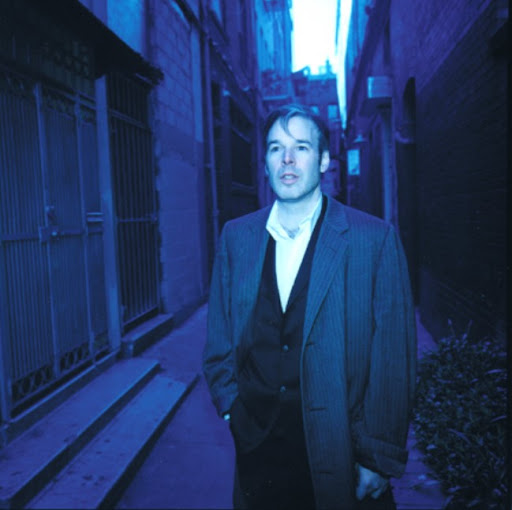

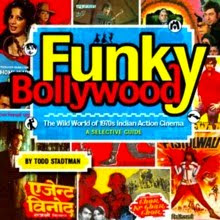
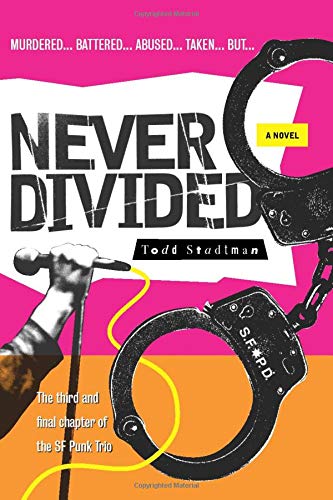
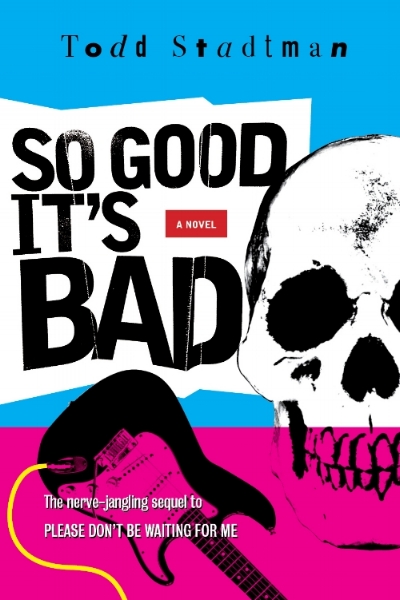
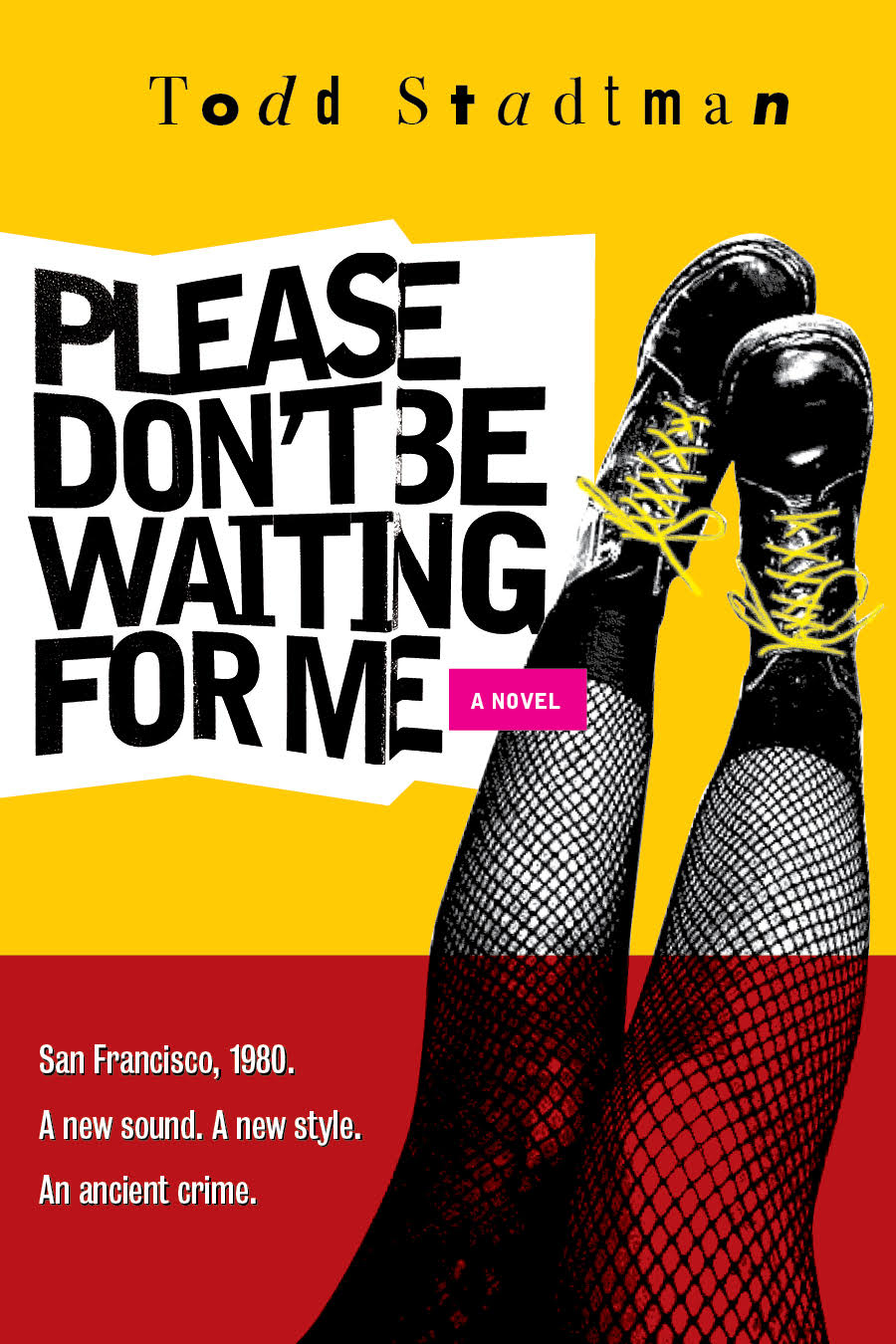


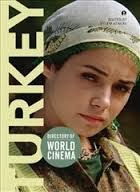
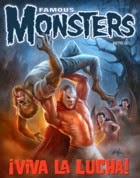

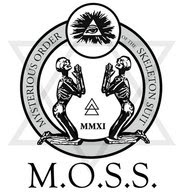





































4 comments:
I get what you said about looking for films that present you with a self-contained, sort of "bubble universe" of reality.
My favorite masala (like 78's Don, or 76's Hera Pheri) is not necessarily the best or most eloquent masala, but rather films that consistently present a weird (but attractive) world I'd want to live in for a time.
Sometimes I think that alternate reality feeling is created when the quality and type of film stock/ processing just happens to match the visual aspirations of the production team. Hera Pheri (though quite legible compared to a lot of stuff on 4DK) is grainy as all get out, but the story embraces it, and it works.
Similarly, there are all these post-war color European films produced on Agfacolor or Sovcolor, technically a cheaper and less stable process than Technicolor or Eastmancolor, but I'm obsessed with the look, nonetheless. These films don't look anything like my every-day life--they're more like classic Saturday Evening Post covers come to life. And, obsessing over the history of this film process, I see that The Third Reich's Munchhausen was also an early product of Agfacolor. 'Tis a must-see for several reasons, I guess.
Thanks for the podcast--I always enjoy your audio conversations with other bloggers about world film. . . whether or not I know anything about what you're talking about. Plus, whenever anybody points fingers at my movie tastes, I can always point them in 4DK's direction, "Trust me, I'm not as weird as you think. Look at what this fellow watches!"
Thanks, Miranda. Given your kind words, I am happy to serve as your personal worst case scenario.
Have you ever had the opportunity to check out any old Thai films? The condition of many of those is so blasted that they literally seem like ghosts of themselves, reaching out to us through a curtain of visual noise (for example). Those better represented on DVD -- like this one, for instance -- show that the Thais had quite a taste for lurid color themselves.
And if you want to see a perfect example of life represented as a Saturday Evening Post cover, be sure to check out the Egyptian melodrama Sleepless.
I dig the look of both of those films . . . thanks!
Despite the frustration at the loss of color quality in what should have been a super-saturation fest . . . I'm assuming one also develops a taste for "ghost condition" films . . . almost like enjoying a scratched analog recording?
Signed, an incurable-optimist
In short, yes. Sorry to bombard you with links, but, for my feelings on that topic, see this old Teleport City review of Insee Thong.
Post a Comment